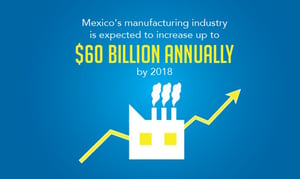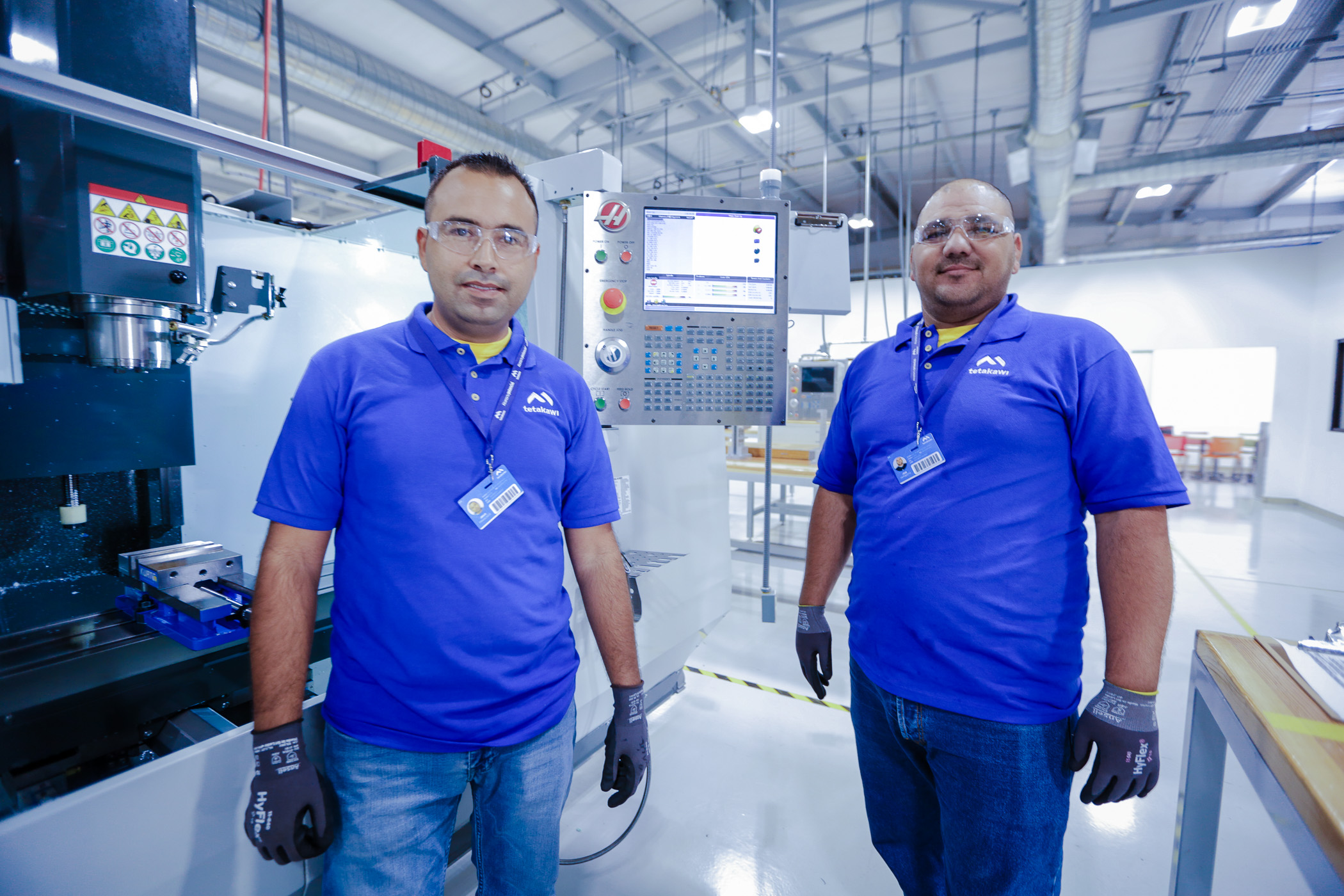Despite the fact that the U.S, Canada and Mexico are united under the North American Free Trade Agreement, the three countries are currently competing over gaining the largest share of the manufacturing sector. As such, investors and manufacturers throughout the region must consider the advantages and disadvantages of each location.
As the competition among North American countries intensifies for a share of the manufacturing sector, businesses must weigh the pros and cons of operating in each location. One increasingly popular option is nearshore operations in Mexico.
With its strategic geographical location and numerous free trade agreements, Mexico has emerged as a prime destination for companies looking to establish manufacturing operations close to their home markets. The advantages of nearshore operations in Mexico include access to a skilled and cost-effective labor force, proximity to major consumer markets in the United States and Canada, and favorable trade agreements that facilitate seamless cross-border trade.
Despite some challenges, such as concerns about political stability and security issues, Mexico's manufacturing industry continues to thrive, making it an attractive choice for businesses seeking to optimize their supply chains and enhance their competitiveness in the global market.
Canada's Manufacturing Investments
Canada's free trade agreements make the country highly attractive to manufacturers looking to export goods at a lower cost. Low oil costs also impact Canada's manufacturing sector. CBCNews reported in January that oil prices continue to drop, and investments are expected to increase, especially among more specialized manufacturers.
Canada has a major drawback, though. Manufacturing in Canada is costly, despite its weaker dollar, and labor costs higher than Mexico and the U.S., The Seattle Times reported. As a result, Canada's manufacturing industry is dwindling, and by 2020, the nation is expected to produce only 9 percent of vehicles in North America.
U.S. Goes for Technology
Advancements in technology and automation for U.S. manufacturing have provided a high productivity rate for the U.S. with about 10 to 12 more output per employee than the other two countries. The recent uptick in U.S. crude oil and natural gas has added to the country's appeal to manufacturers. The U.S. also has access to free trade with the rest of the world.
Still, the U.S.'s stronghold over the manufacturing industry is steadily declining. According to The Seattle Times, Mexico has seen a 40 percent increase in auto jobs since 2008, while the U.S. only saw a 15 percent increase in the same time period. This decline is a consequence of the many drawbacks of manufacturing in the U.S., including high labor costs reaching $60 an hour, as well as barriers to exporting, as the country only has 20 free trade agreements.
Mexico on the Rise
 Mexico's manufacturing industry brought in an increase of up to $60 billion annually from 2014 to 2018; however, manufacturing in the country still has its drawbacks. Stephen Odell, head of global sales and marketing at Ford, believes that the cost of manufacturing in Mexico will eventually rise, slightly.
Mexico's manufacturing industry brought in an increase of up to $60 billion annually from 2014 to 2018; however, manufacturing in the country still has its drawbacks. Stephen Odell, head of global sales and marketing at Ford, believes that the cost of manufacturing in Mexico will eventually rise, slightly.
"Mexico has a lot of capacity going in. At some point, labor rates will go up as a result," Odell said to the Seattle Times.
"The average Mexican will work up to 450 hours more than an American every year."
Mexico's political landscape, including corruption and violence stemming from the drug trade may be seen as a deterrent to some manufacturers; however, the Mexican government has taken strides to ensure work environments are safe for all businesses in the country. Much of the violence happens in states that aren't industry based, and cartels know to steer clear of manufacturing sites.
Mexico has 13 free trade agreements with 43 countries, and is working to pass the TPP. In addition to little to no tariffs, labor is extremely affordable. Additionally, as the Mexican government continues to focus on education, manufacturers will have greater access to both skilled and unskilled labor. Labor costs and skilled production are by far the greatest advantage of manufacturing in Mexico. According to the Organization for Economic Co-Operation and Development - as cited by The Seattle Times - the average Mexican will work up to 450 hours more than an American every year, earning less than a fifth of the pay.
Still, the benefits of manufacturing in Mexico greatly outweigh the disadvantages. Cultural similarities with the U.S., Canada and Latin America, efforts by the Mexican government to make manufacturing in the country more worthwhile, improving infrastructure, and liberalized trade are just a few among many benefits.
Subscribe
Sign up and stay informed with tips, updates, and best practices for manufacturing in Mexico.






